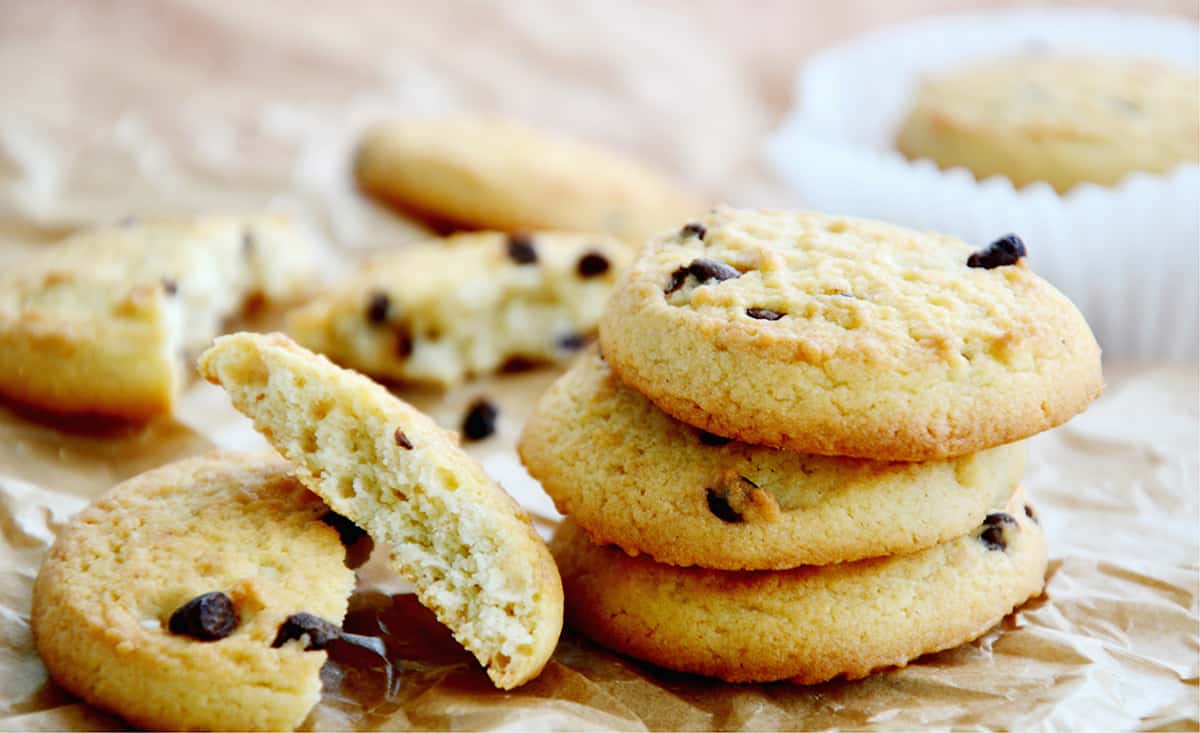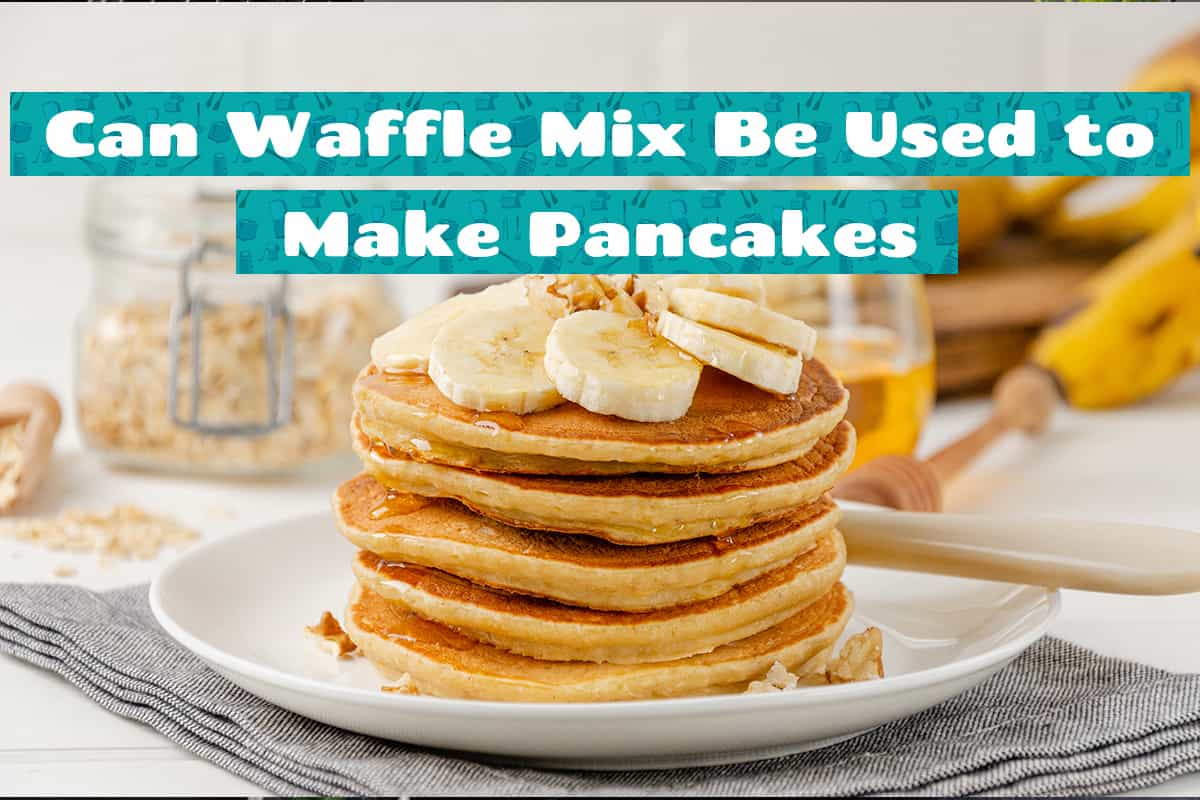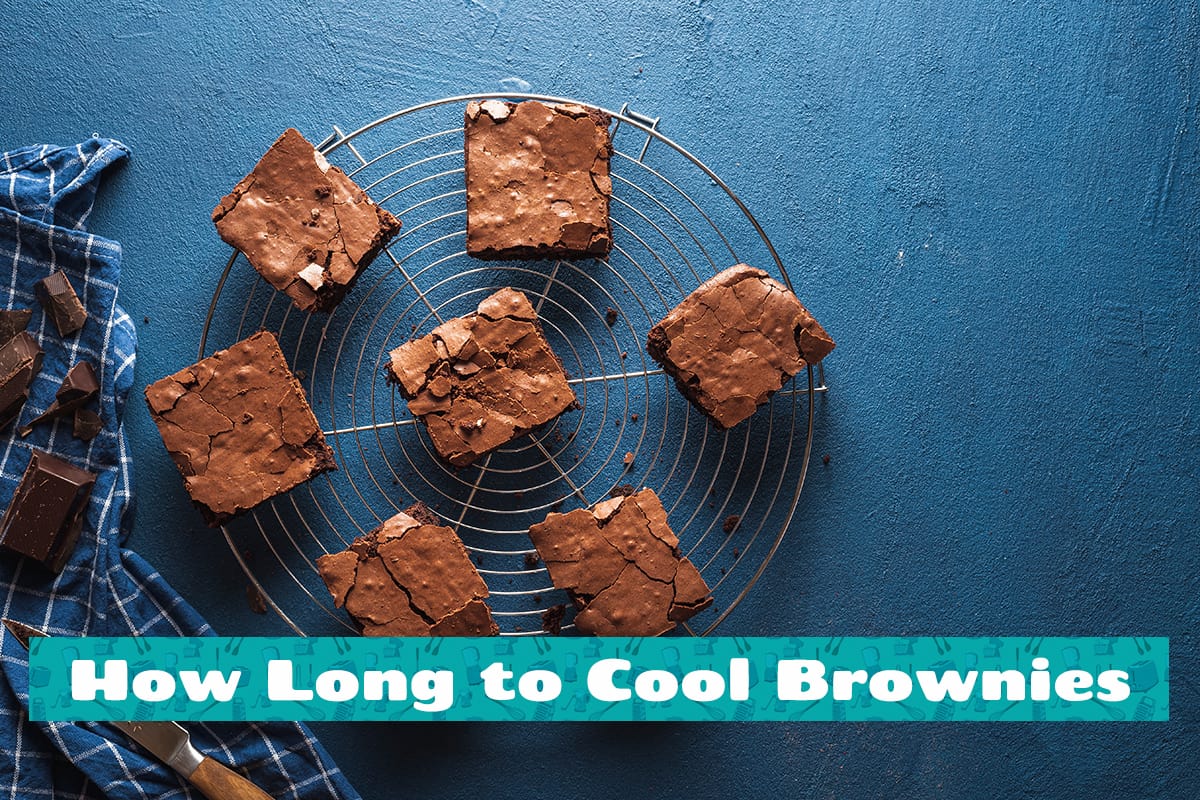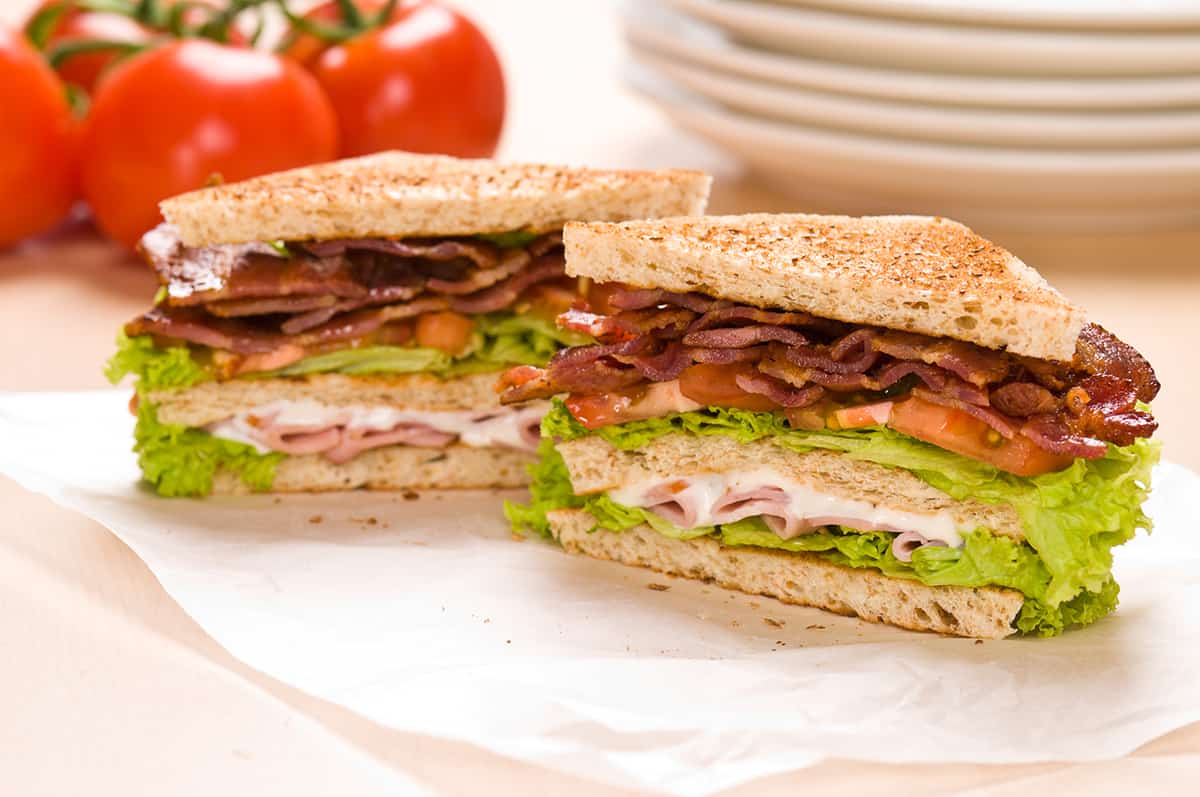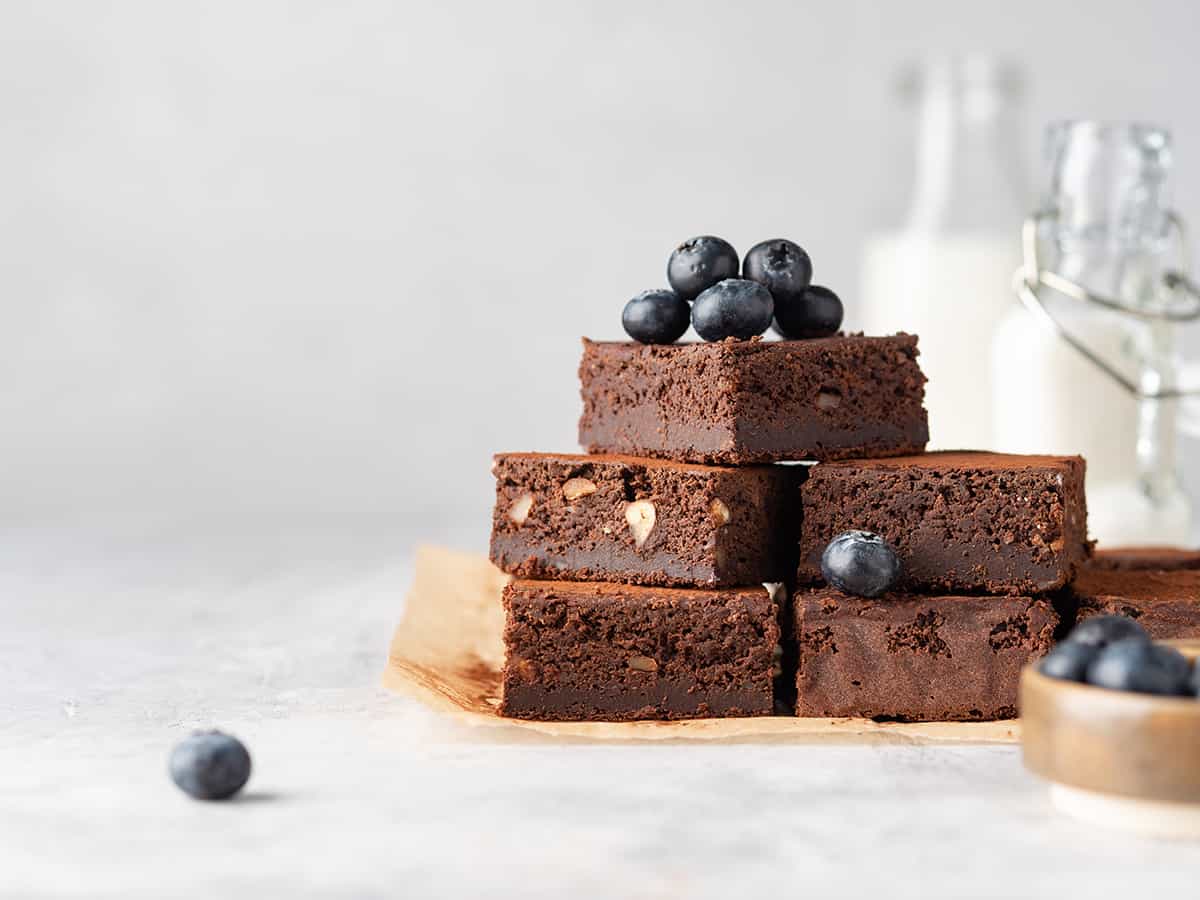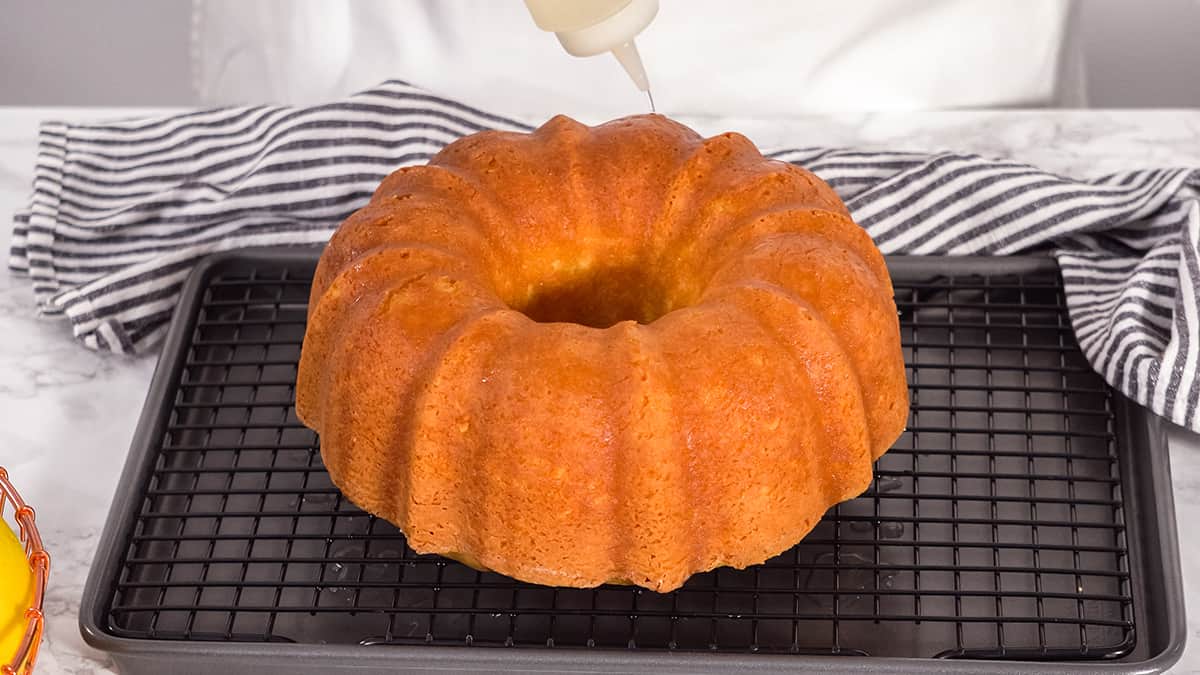There are only a handful of basic ingredients that go into chocolate chip cookies—namely, flour, fat (butter), eggs, sugar, leaveners, and chocolate. If you look at 1,000 recipes from 1,000 different grandmas, you’ll find that many of them ask for different amounts of butter to produce the same number of cookies. So, how much butter do you put in chocolate chip cookies?
The amount of butter you can put into chocolate chip cookies depends on how crispy, chewy, and raised you want from the cookie. More butter will cause the dough to spread and become crispy, while less butter will cause the dough to retain its shape in the oven and become chewy.
Knowing this, there is no such thing as an “incorrect” butter ratio. However, your cookie may not come out the way you intended if you add too much butter or don’t use enough. In the following sections, I’ll go into greater detail about how much butter affects the outcome of the chocolate chip cookie, what substitutes you can use for butter, and how the other ingredients will lead to a chewier/crispier cookie.
How Much Butter For Chocolate Chip Cookies?
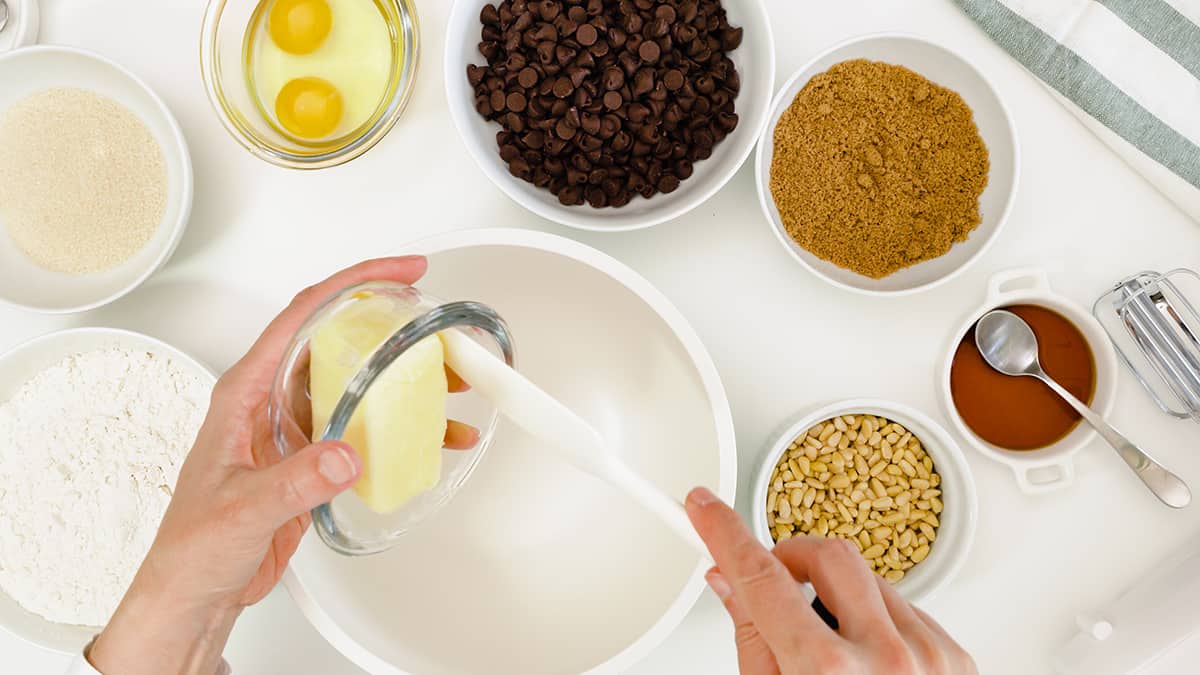
When it comes to how much butter you can put in your chocolate chip cookies, the world is your oyster.
You can put as little or as much butter as you want in your chocolate chips, but you should know that most chocolate chip recipes will call for around 200 grams or approximately 1 cup (2 sticks).
Butter has a critical role in the cookie’s structure. Butter, which is a fat, enhances gluten development, which will then affect how far the cookie spreads while being baked. And when a cookie spreads, it has a higher surface area that will harden in the oven.
To illustrate, a higher butter ratio will result in a flatter cookie that has a snap when bitten. Less butter will cause the cookie to not spread out as much in the oven, thereby protecting the soft innards from becoming cooked and giving it a chewy texture.
What Type of Butter Should I Use in Chocolate Chip Cookies?
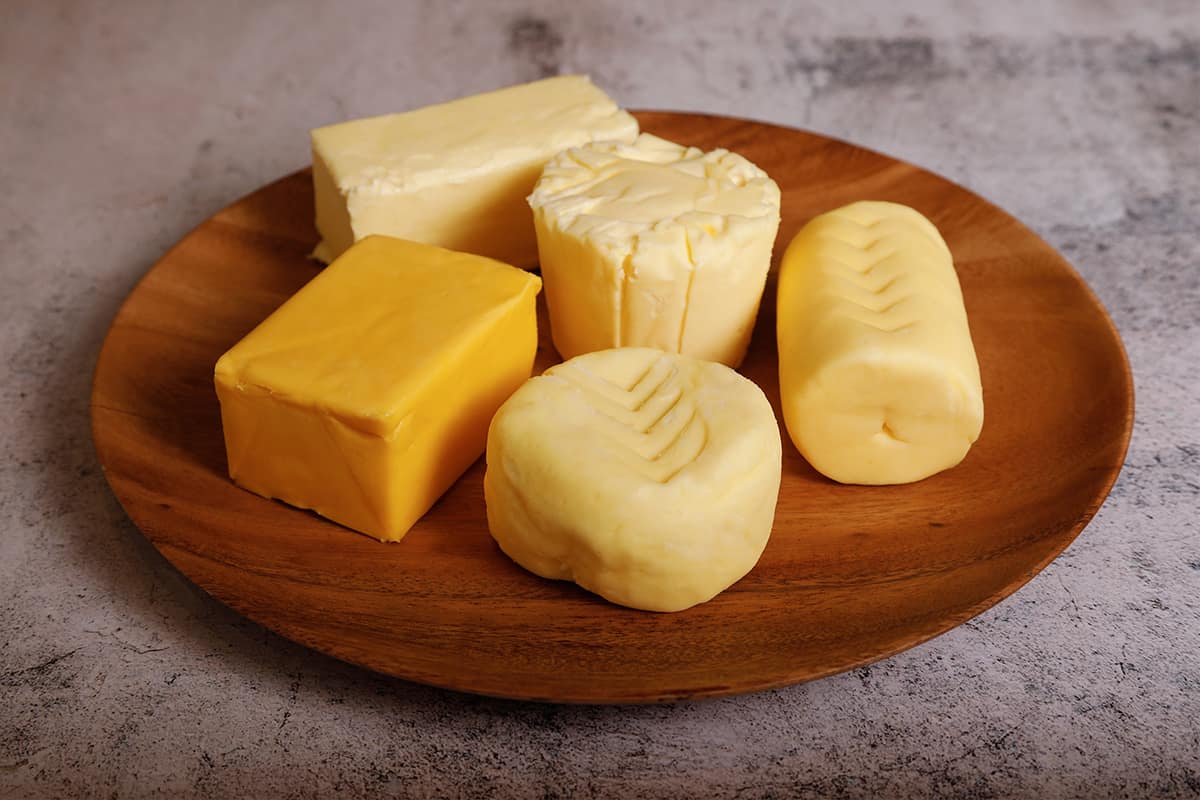
Not only do you have to consider the quantity of butter you put in the cookie dough, but you should also pay attention to the type of butter.
Some chocolate chip cookie recipes will ask that you add softened butter to the mixing. Doing so will cause the butter to melt in the oven, which will result in thin, crispy cookies. Softened butter is butter that has been taken out of the fridge and allowed to come up to room temperature.
Then there are other recipes that will ask that you use melted butter, which will cause the cookies to become dense in the oven but retain their chewy texture. To melt butter, simply place the butter on a skillet and turn your stove on to low heat until the butter has almost completely melted.
Finally, there are recipes that use clarified butter, which is butter that has been cooked on low heat until and has its water and milk solids removed. Using clarified butter in a chocolate chip cookie recipe will make the cookie dryer, not rise, and reduce browning. However, it will give the cookie a unique nutty taste that is unachievable with softened or melted butter.
What Can I Use to Substitute Butter?
The following ingredients can be used as a substitute for butter, though you should be aware of how they will affect how the cookie crumbles, so to speak.
Applesauce—adds moisture, nutrients, and a tangy sweetness.
Avocado Purée—adds richness and a smooth texture.
Pumpkin Purée—adds richness and a smooth texture.
Greek Yogurt—adds moisture and a slight tanginess.
Mashed Bananas—adds moisture, body, and sweetness.
Margarine—causes cookies to flatten and spread due to high moisture content.
Coconut Oil—adds softness, chewiness, and a hint of coconut goodness.
Shortening—adds softness but no flavor.
Lard—adds a hint of savoriness to the cookie that can be unappetizing to many people.
Vegetable Oil—causes the cookie to flatten and spread out more while also giving it a delectable crisp.
How Other Ingredients Affect the Crispiness/Chewiness of Chocolate Chip Cookies
As previously stated, butter isn’t the only ingredient that will affect the final outcome of your chocolate chip cookies. The main ingredients that go into a classic chocolate chip cookie recipe, apart from butter, are flour, eggs, sugar, leaveners, and the chocolate.
Let’s take a look at these ingredients one by one to see how they, like butter, can cause your cookie to become crispy or chewy.
Flour
Flour is the ingredient that gives a cookie its structure. With only a tiny amount of flour, your cookies will end up flat, and overly sweet, and they might have an unappetizing chocolate-to-cookie ratio. On the other hand, too much flour will cause your cookie to become dry, tender, and crumbly.
As a bonus tip, you should consider replacing all-purpose flour with cake flour if you want your chocolate chip cookies to come out airy, soft, and chewy.
Eggs
Eggs are the primary source of protein in cookie dough. It also serves as a binder that brings the starch and flour together. Most chocolate chip cookie recipes will ask that you use large eggs, which are eggs that weigh about two ounces each.
For a richer, cakier cookie, consider adding an additional egg yolk on top of the amount of egg in the recipe.
Sugar
There are two types of sugar that go into a chocolate chip cookie—white granulated sugar and brown sugar. The amount of sugar in a cookie dough recipe, like butter, will determine how much it spreads and whether it has a crispy or chewy texture.
While you can swap out light with dark brown sugar and vice versa, they are not direct substitutes. Dark brown sugar contains more molasses, which will cause the cookie to spread and darken more rapidly in the oven.
Leaveners
There are two types of leaveners found in cookie recipes, namely, baking soda and baking powder. While they have similar effects, baking soda will give the cookie a coarse texture, while baking powder produces carbon dioxide to lift and spread the cookie.
Make sure to use baking soda sparingly as it can give the cookies a slightly metallic taste.
Chocolate
You can’t make chocolate chip cookies without the chocolate. However, your options include chocolate chips and chocolate chunks. Chocolate chips will melt more evenly in the oven and have a smoother texture, whereas chocolate chunks may retain their shape and a bit of a snap.
If you prefer chocolate chip cookies with gooey chocolatey centers, use chunks instead of chips.
